Comment
Celebrating a milestone decade for Heritage at Turley
Closing off our series celebrating 10 years of Heritage at Turley, Director, Richard Brookes puts pen to paper with his thoughts on the last decade, what he’s learnt and highlights key areas that have changed over time.
I can’t quite believe that it has been 10 years since I joined Turley as part of the specialist built heritage team. So many great projects and places, and so many great people I have worked with during that time. Praise to Roger Mascall and Katy Lightbody for making the decade with me. I shall avoid getting too nostalgic at this milestone, but will afford myself a moment of pride in what we as a team have achieved since 2010.
My most powerful emotion when thinking back over my time at Turley relates to the many great people I have worked with during that time. They have each, in their own way, taught me and shown me new ways of seeing, constantly shifted my perspective, and all too often changed my mind. We all have our individual, and often different, routes into and through the world of heritage planning and conservation.
Supporting our clients in managing change within the historic environment is at the core of what we do. 10 years on and our objective remains to help find balanced solutions to enable historic buildings to remain in use, and to allow our cities, towns and landscapes to continue to evolve, whilst protecting our shared heritage. We believe that sustainable development and good design should also be in partnership with informed conservation.
Sustainability and climate change
From an issue that was often given too little attention ten years ago, to an emergency that is arguably the most important challenge we now face as a country and a planet. At its heart, heritage conservation is an exercise in sustainability; safeguarding, recycling and reusing the energy and creativity that preceding generations have embodied in the built environment. We work with our Sustainability team on this agenda.
In the public sector Historic England has played a key role, alongside other bodies such as the National Trust, in researching and promoting this issue. However, everyone can and should do more across all aspects of the heritage and development sectors. I have been impressed by a number of exemplar projects over the years, which have been able to successfully align heritage and resource / energy conservation. However, my experience has also sometimes been coloured by the disappointing continued resistance and inflexibility shown by some to well-considered proposals to retrofit energy saving measures for historic buildings.
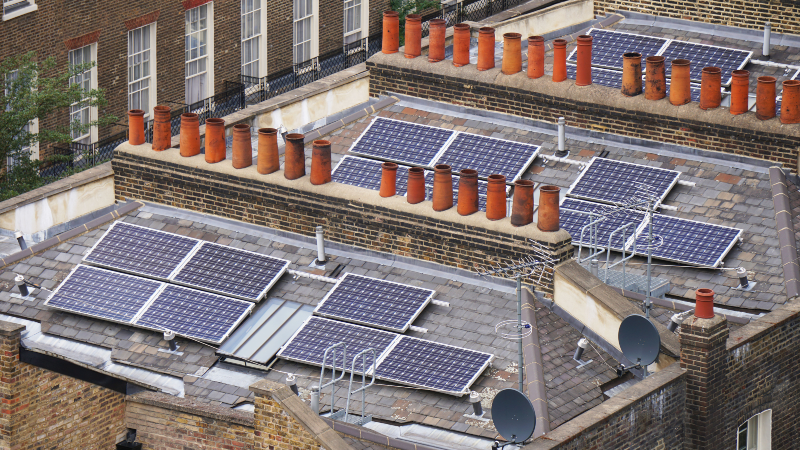
Diversity and inclusion
Heritage conservation should never be accused of living only in the past. The study and celebration of history through our built environment is key if we are to better understand ourselves and our world, what we have achieved or failed at, and how this can inform our future direction (see our previous comment). Part of this is understanding more about, and better appreciating, how people interpret and or value our heritage in very different ways. As the news constantly reflects, both our shared and contested heritage has never been a more important issue.
In the last ten years new areas of historical and heritage research have opened up, for example Historic England’s increasing recognition of once forgotten or ignored places and events in our history through the designation process. Be this the legacy of the slave trade, LGBT+ histories, Post Modern architecture etc. This is important to keep built heritage practitioners on our toes, asking us to consider new perspectives about what is significant in the historic environment and why.
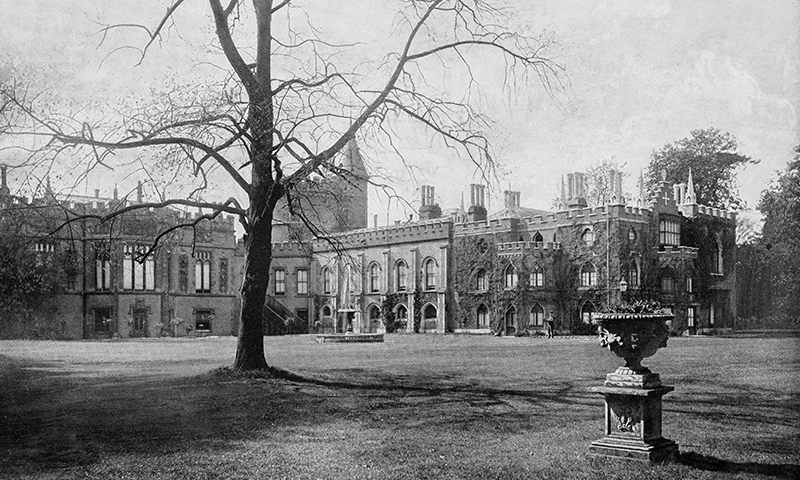
The London skyline
As a long resident, but adopted, Londoner the city has never lost its fascination or excitement for me. Nor as a built heritage practitioner very often involved in a diverse range of projects across the metropolitan area. The London skyline is perhaps a good example of how this historic city continues to grow, evolve and surprise, and so holds our attention and interest. Over the last ten years, changes in many places have been dramatic; some for the better, others not so much, but never boring (see our previous articles Revealing Greenwich Park and Historic preservation from the UK to New York).
Some can remember a time before The Shard; when the NatWest Tower (as it once was) and then One Canada Square still defined the two competing centres of the City and Docklands. When The Gherkin was still novel and unexpected. Historic England’s re-consultation on the 2015 Advice Note 4 (Tall Buildings) early last year perhaps reflects how quickly the landscape has changed, and professional approaches have had to as well. Modelling and visualisation software and other technology has been advancing rapidly. London’s regional and local authority plan makers and development control teams have also been asked to keep pace. Accordingly, the role of professional townscape and views analysis, alongside how we are able to understand and appreciate how new development impacts the heritage interest and history of the city, is highly valued.
Click here to learn more about our in-house VU.CITY capability.
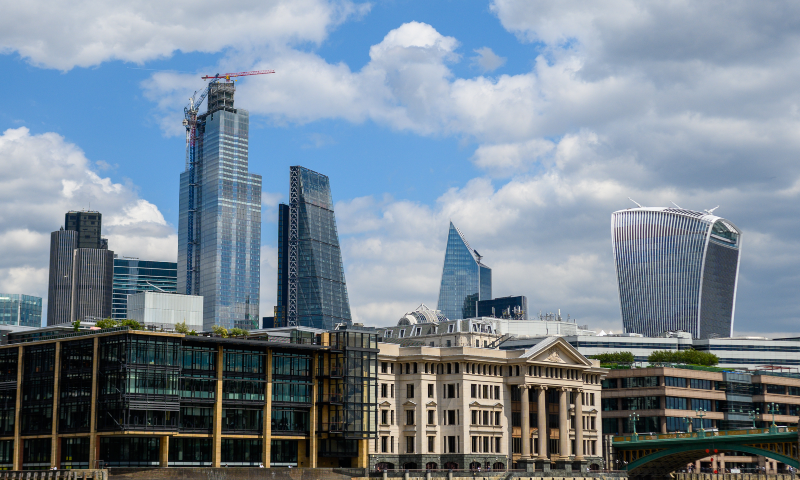
Setting and views
I am so pleased to be part of a large and diverse professional team that includes experts in urban design, landscape, townscape and visual impact assessment (see our previous article on the importance of townscape). As first a planner and built heritage consultant, I have learnt so much from my team as our work and perspective has expanded. I would also like to think that some of my own knowledge and experience has been transferred in the process (one can only hope).
There has perhaps been more than enough discussion in this format with regard to how definitions of heritage setting, and relationship to views alongside the wider experience of the historic environment, have been further refined and seemingly endlessly re-interpreted in the planning and development worlds. Countless seminars on how the implications of the Barnwell case and decision from 2014 even now continues to reverberate. A debate which is sustained by subsequent appeal decisions and court judgements shifting the ground. Also reflected by Historic England’s response to re-issue of their own guidance (The Setting of Heritage Assets) from 2011, in 2015 and again in 2019. Personally, however, I will never tire of squinting down the lens at the almost miraculous view of the dome of St Paul’s Cathedral from King Henry’s Mound in Richmond Park.
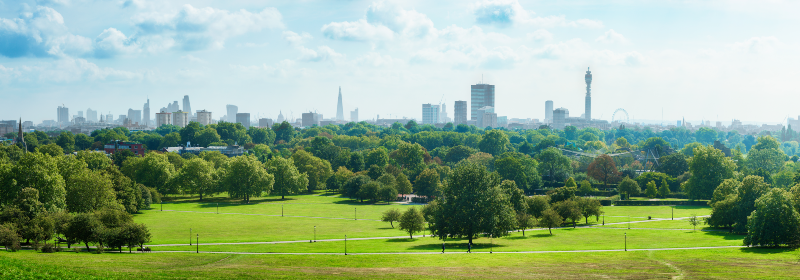
Conservation areas
Given the events of the last months, 2017 now seems a long time ago. This was the year which marked the 50th anniversary of the 1967 Civic Amenities Act that introduced conservation areas as a planning designation. This is a heritage asset particularly close to my heart; having spent a good part of my early career at a local authority identifying and appraising conservation areas. It is not just about the planning exercise of preserving or enhancing the distinctive character of these areas for new development and design, but can, in my experience, also be about stimulating interest and fostering pride more widely in these special townscapes and their landscape. The popularity of conservation areas within communities remains high.
I am embarrassed to admit that my first visit to the exceptional historic town of Stamford in Lincolnshire was only relatively recently. But that visit formed part of my own small personal tribute to the achievements of the 1967 Act. From my own experience of managing development in both the public and private sectors, however, it remains important to ensure that the process of selecting and designating these areas by local authorities is robust, and so avoids a wider devaluation. Also that their special character and distinctiveness is properly defined and documented through the appraisal process. Where these areas need more active management, the inclusion of conservation areas on Historic England’s heritage at risk register has been sensible in my view.
See our article on protecting the historic environment for more information.
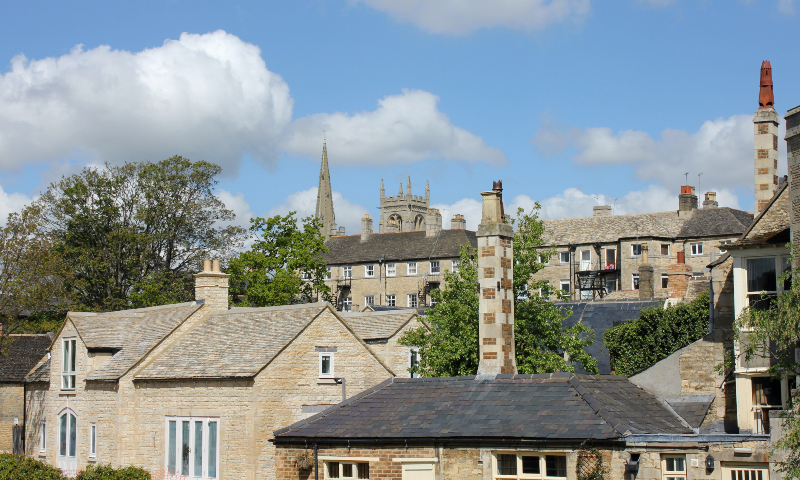
For more information on the work of our Heritage and Townscape service, please contact a member of the team.
8 February 2021